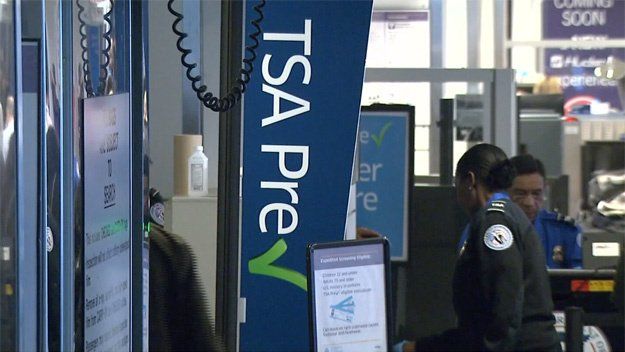Do You Need TSA PreCheck?
WHAT IS TSA PRECHECK?
After the horrible attacks on September 11, 2001, the US government created the Transportation Security Administration (TSA) to formulate policies toward the goal of securing our nationwide transportation systems, including airports, highways, railroads, buses, and mass transit systems.
One significant result of the policies generated is heightened security measures at airports. If you've traveled frequently through U.S. airports in the past decade, you're well familiar with the long, tedious process of getting through airport security. This process includes sorting and limiting the amount of liquids you have, taking off belts and shoes, and going through a body scanner.
Luckily, TSA PreCheck allows a number of low-risk travelers (and their children of 12 years and younger) to go through a more efficient and expedited screening process. Since its inception in 2011, over 55 million travelers have been able to use TSA PreCheck. While it was initially available only to frequent fliers of certain airlines who opted into the program, the application for TSA PreCheck has been open to the general population since December 4, 2013.
BENEFITS AND PERKS
Perhaps the most noteworthy perk that TSA PreCheck offers is the ability to bypass typically slow-moving security lanes in favor of an expedited one, eliminating considerable frustration and wasted time. By going through the TSA PreCheck lane, passengers no longer have to remove shoes, the 3-1-1 liquid compliant bag, laptops, light outerwear/jackets, and belts.
Though these passengers are still subject to random searches, the overall process tends to go by much more quickly.
Please know that some exceptions apply. If your shoes/belts have metal parts, they may have to be removed. This same policy applies if electronics are stacked together.
Exception: Closed Loop Sailings
Here's the confusing part: Cruisers are exempt from having to bring passports if they are on "closed loop" sailings -- which start and finish in the same U.S. homeport and only travel to Canada, Mexico, the Caribbean and Bermuda. If you choose to travel without a passport, you still need to show a government-issued photo ID (such as a driver's license) and proof of citizenship (a certified copy of your birth certificate or similar documentation) to get back into the U.S. after your trip. Again, be sure to check the entry requirements of the cruise ports you plan to visit. Just because you don't need a passport to return to the U.S. does not mean that you don't need one to enter one of the foreign countries on your itinerary.
What's the downside of cruising without a passport? If an emergency arises, only an official passport will allow you to fly home from a foreign port. But what will actually happen if -- due to an unexpected injury or illness, or a mechanical failure on the part of your cruise ship -- you end up stranded in another country with only your birth certificate and photo ID? The answer is you can return home -- it will just take more time and effort to get the proper documentation to do so.
Essentially, you will need to obtain a temporary passport for reentry into the United States -- even if you opt for a ferry instead of a flight. Although only valid for a short period of time, temporary passports are available for those who need to travel quickly but don't have time to wait for a standard passport, for which expedited shipping is not available outside the U.S. It typically takes only a few days for limited validity passports to process after you apply at the U.S. embassy or consulate abroad.
In cases where a ship forces disembarkation in a foreign port, the cruise line will work directly with the international immigration department to assist passengers with passport processing and whatever means of transportation they need to take home.
Scrambling for a temporary passport can create mounds of paperwork and plenty of headaches, and the time it takes to process is never guaranteed. Isolated incidents have left passengers stranded for longer than anticipated, and -- unless you can see the glass half full -- it's not a pleasant scene.
Bottom Line: Cruise With a Passport
Even if you plan to stick to closed loop sailings, it is recommended that you invest in a passport before your cruise. The fee is worth the investment from a "peace of mind" standpoint. Though you can get home without a passport if you get stranded in port, the hassle of obtaining a temporary passport on top of making arrangements for last-minute travel isn't worth saving a few bucks by not investing in a real passport. In our minds, a dollar per month for 10 years of security is a steal.





